
Your Ultimate Guide to Vitamin D – Part 3 – Optimize your vitamin D through sunlight and lifestyle
Vitamin D deficiency is a common underlying cause of many dental issues and yet it’s wildly overlooked by dentists and doctors alike.
A lack of vitamin D (or poor vitamin D absorption) can lead to all kinds of health issues. Some of the first signs of vitamin D deficiency include tooth decay and bleeding gums but if this issue goes unaddressed for a prolonged period of time it can lead to digestive, immune system, and brain disorders.
It’s critical to your overall health that you get sufficient vitamin D!
The good news is increasing your vitamin D is cheap and easy. You can get it for free from the sun or in supplement form. While supplementation is ok (and relatively affordable), sunshine is free and the best way for you to increase your vitamin D levels.
There are several ways to get more vitamin D from the sun including using reflectors, non-UV blocking clothing, and even waiting to shower after you’ve been exposed to the sun.
Most people are worried about getting too much sun due to skin cancer concerns, which are valid in the sunniest summer months. But as a society, we generally do not get enough sun rather than too much sun. One review comparing the dangers of sun exposure and cancer versus obtaining vitamin D concluded:
“The important take home message for dermatologists and other clinicians is, that health campaigns promoting strict sun protection procedures to prevent skin cancer may induce the severe health risk of vitamin D-deficiency.”
You should still take some precautions – especially in the summer, at high altitudes, if you have fairer skin, and when other factors warrant concern. Finding a healthy balance is key.
The difference between UVA and UVB
While there are many different rays within sunshine, the two we are most concerned with are ultraviolet – UVA and UVB.
UVA rays penetrate your skin more deeply and cause premature aging signs. They are by far, the most common types of exposure in sunlight.
UVB rays penetrate into the epidermal layer and set of the reaction to synthesize vitamin D3 in your body.
While UVB rays are what cause sunburn and have the most significant role in skin cancer development. There are 500 times more UVA rays than UVB rays in sunlight.
Most sunscreens protect you from the cancer causing UVB rays than the aging UVA rays.
With this in mind, the best ways to protect yourself from skin damage (while also getting your vitamin D!) means staying out of the most intense sunlight through:
- Eat a diet rich in vitamin D and if you’re vitamin D deficient, consult your physician regarding a supplement
- Avoiding prolonged sunbathing at high altitudes
- Know the condition of the ozone layer where you live
With this in mind, it’s important to not completely fear the sun and ensure you get enough of it for your body to produce sufficient vitamin D. Remember, most people are not getting enough vitamin D. There are several important factors to consider when it comes to getting more vitamin D from the sun and supplements.
How do we absorb vitamin D from the sun?
No two people absorb vitamin D from the sun in the same way. In fact, there are a number of factors that influence how readily a person absorbs vitamin D. To examine this more closely we need to compare vitamin D absorbed through the gut (food or supplements) and vitamin D absorbed through the skin (sunshine and lights).
Vitamin D absorption factors – the gut
- Ensuring you’re free of gut issues that limit absorption, including leaky gut, irritable bowel diseases or autoimmune conditions.
- Vitamin D cofactors play an important role in proper vitamin D absorption, including vitamin K2, magnesium, zinc, and boron.
Vitamin D absorption factors – the skin
When you’re trying to get most of your vitamin D from the sun there are a couple things to consider, including:
- How much skin are you exposing?
- How dark is your skin?
- Where do you live?
- What season is it?
- How old are you?
When you’re wearing a long sleeve shirt, pants, and shoes you’re only exposing about 10 percent of your skin to the sun. Compared to a bathing suit where 80 to 90 percent of your skin is exposed and available to absorb sunlight for vitamin D absorption and production.
When you live closer to the equator it’s easier to get more vitamin D from sunlight throughout the year. If you have darker skin, your production can be 25 percent of what someone with light skin absorbs. Finally, we absorb less vitamin D as we get older.
Unconventional ways to optimize your vitamin D levels from the sun
While the recommended daily allowance (RDA) for vitamin D is around 600 IU daily, I recommend more. Myself and many other experts agree that an ideal range for vitamin D in healthy individuals is between 1,000 and 2,000 IU daily. This is the equivalent of about 20 to 30 minutes of sun exposure (without sunscreen) three times a week if you have fair skin.
So, how many minutes of sunshine would you need during a summer day around noon?
There’s actually a lot to consider. The following table assumes a healthy weight, fair skin, and weather conditions without smog or clouds.
Vitamin D exposure chart: how many minutes you’d need to be in the sun to get 1000 IU.
| Location | Age | Orientation to the sun | Long sleeves & pants | Short sleeves & pants | Shorts & T-shirt | Shorts only |
| San Diego | Youth | Lying down | 42 minutes | 19 minutes | 11 minutes | 7 minutes |
| San Diego | Senior | Lying down | 126 minutes | 57 minutes | 33 minutes | 21 minutes |
| Seattle | Youth | Standing | 168 minutes | 76 minutes | 44 minutes | 28 minutes |
| Seattle | Senior | Standing | 504 minutes | 228 minutes | 132 minutes | 84 minutes |
There’s a huge variation in how much vitamin D a person gets from the sun. A few factors that would increase the amount of sun needed to get 1000 IU a day include:
- Darker skin
- Being overweight
- Sunlight in morning or evening
- Sunning in a season other than summer
- Smog
- Clouds
The two most common ways to increase your vitamin D levels are to take supplements and increase your sun exposure.
9 Tips for optimizing your natural vitamin D production
The sun offers you free vitamin D! Take advantage of this with a few tips for squeezing more vitamin D from the sun.
- Use body oils (SPF 0), which can increase the depth of penetration up to 80 percent.
- Don’t use sunscreen if it’s possible to do so without becoming pink/feeling overly warm.
- Use a reflector screen during less sunny seasons.
- Eat sufficient cholesterol – A lack of cholesterol has been shown to cause malnutrition due to the lack of fat soluble vitamin absorption.
- Make sure you have sufficient vitamin D cofactors: vitamin K2, magnesium, boron, and zinc.
- Get perpendicular to the sun for maximum exposure.
- Try not to tan. When your skin gets dark it absorbs less sunlight.
- Don’t wear UV protective clothing.
- Don’t shower immediately after sun exposure – Your body is still creating vitamin D on the surface of your skin. While we still need more research to determine an optimal waiting time, we know showering immediately reduces vitamin D production.
These tips for absorbing more vitamin D from the sun are especially beneficial to anyone who lives further from the equator, is older in age, has darker skin, cannot get sun during midday, or can’t afford supplements or vacations to sunnier weather in winter seasons.
In Part 4 of this series, we are going to examine the little known connection between vitamin D, sleep disorders, and Alzheimer’s disease. You won’t want to miss this – It could be the missing link to your best health yet!
For more information on Dr. Lin’s clinical protocol that highlights the steps parents can take to prevent dental problems in their children: Click here.
Want to know more? Dr Steven Lin’s book, The Dental Diet, is available to order today. An exploration of ancestral medicine, the human microbiome and epigenetics it’s a complete guide to the mouth-body connection. Take the journey and the 40-day delicious food program for life-changing oral and whole health.
Click below to order your copy now:
US AMAZON
US Barnes & Noble
UK AMAZON
Australia BOOKTOPIA
Canada INDIGO
Resources:
https://www.ncbi.nlm.nih.gov/pmc/articles/PMC2836430/
https://www.ncbi.nlm.nih.gov/pmc/articles/PMC3319130/
https://www.ncbi.nlm.nih.gov/pubmed/21790207
https://www.sciencedaily.com/releases/2016/12/161221125439.htm
https://www.ncbi.nlm.nih.gov/pmc/articles/PMC4544096/
https://www.ncbi.nlm.nih.gov/pubmed/21735411
https://www.ncbi.nlm.nih.gov/pubmed/23340562
https://www.ncbi.nlm.nih.gov/pmc/articles/PMC3036961/
https://www.ncbi.nlm.nih.gov/pmc/articles/PMC2955835/
https://www.ncbi.nlm.nih.gov/pmc/articles/PMC4160567/
https://www.mayoclinic.org/drugs-supplements/vitamin-d/dosing/hrb-20060400
https://www.vitamindwiki.com/tiki-index.php?page_id=1747
http://www.sciencedirect.com/science/article/pii/S0022202X1549116X
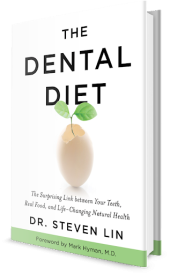
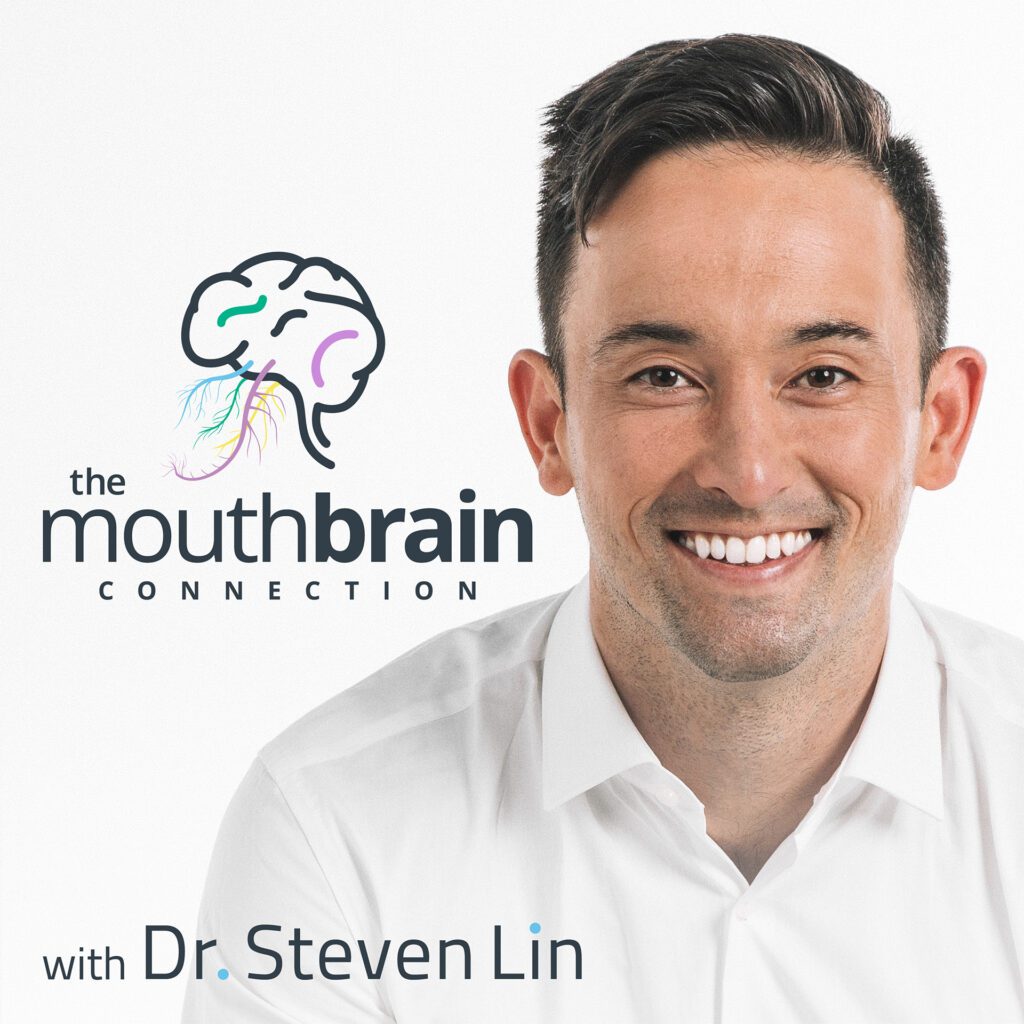

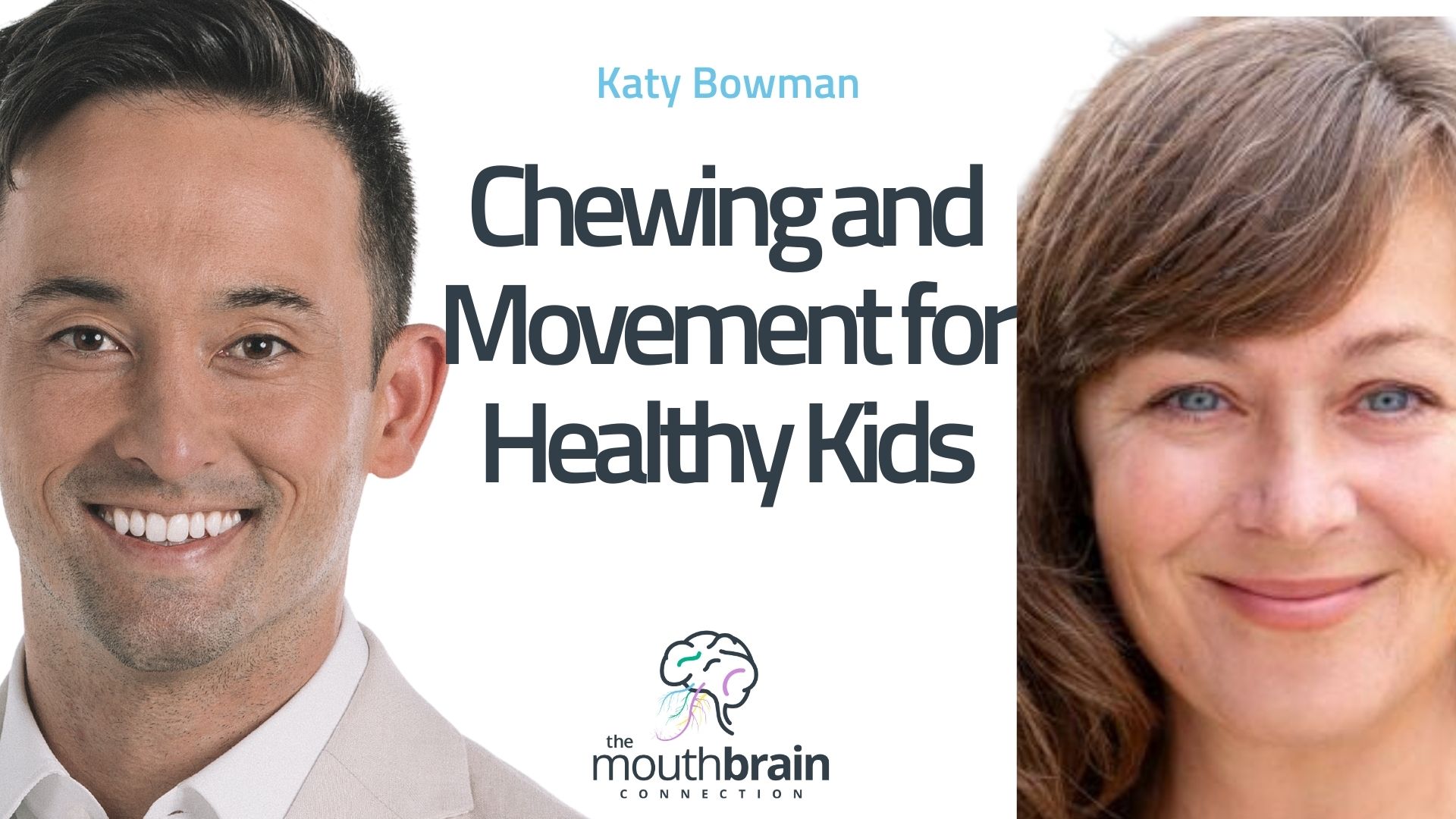
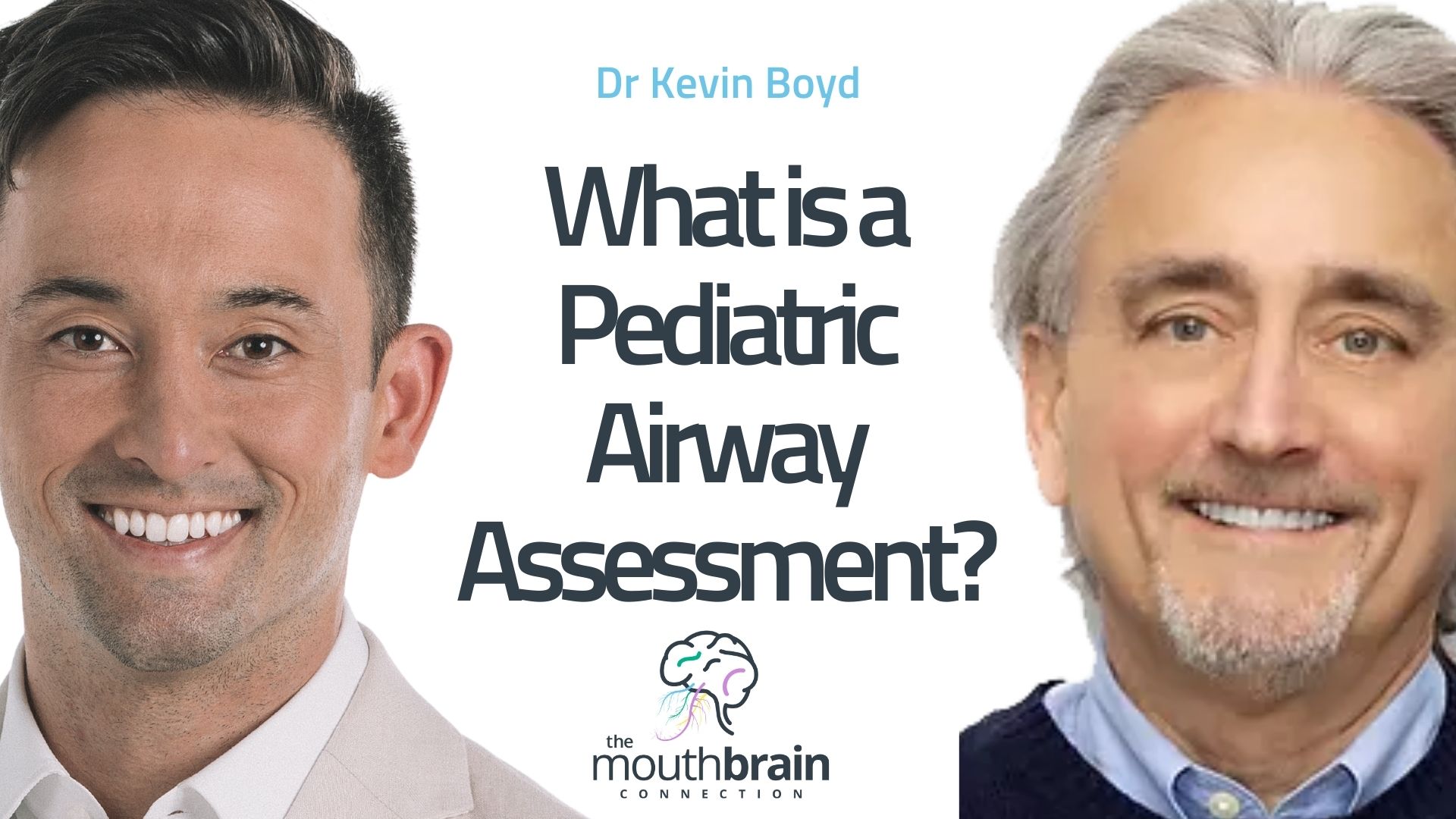
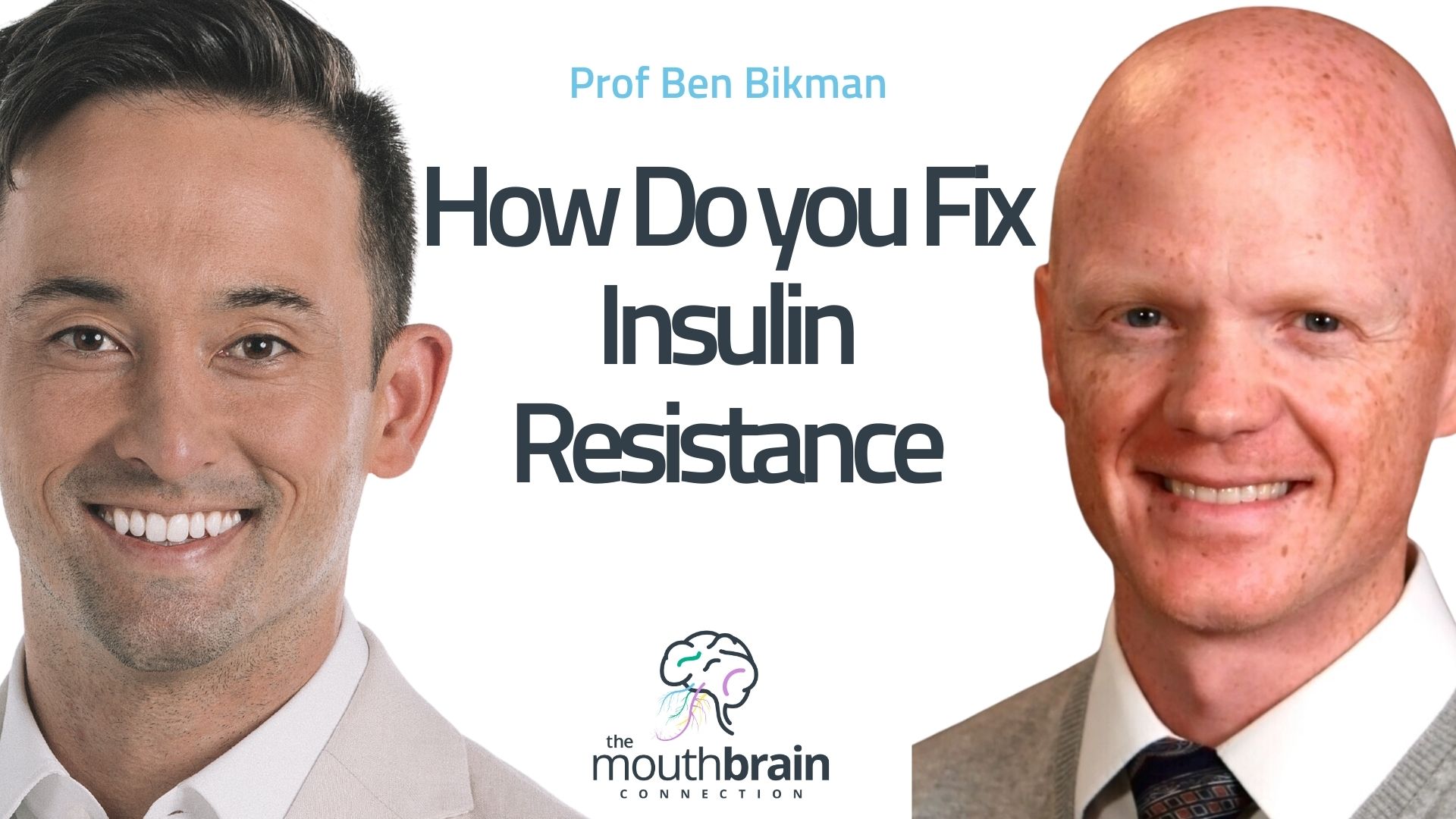

7 Responses
Thank you for such a detailed material regarding the vitamin D and recommendations on how it is possible to optimize its content within one’s organism. Great post, thanks for sharing!
I read somewhere that sunglasses interfered with Vit D adsorption thru the eyes, and they recommended against wearing them. Is this really a necessary channel for adsorption? I’m in the sun 8-12 hrs a day. Usually just my hands & arms and part of my face are exposed. I wear work gloves about 1/2 the time.
Just don’t do it. The sun can damage the eyes. The sun’s damage to the eyes does not stop with cataracts. Exposure to both visible light and UV radiation is also a factor in the gradual degeneration of the retina, damage to the cornea, and pterygium. Some really bad and irreversible things can happen to your eyes.
Hi, What are your thoughts on tanning studios to deal with a chronic vitamin D deficiency ? If you approve, what should be the ration of uvb to uva. Thanks, I enjoyed your writing.
Thank you for the information. My problem with your article is that it FOCUSES on FAIR SKINNED people.
The information for others must be deduced.
Nice sir, Tnq soo much
Vitamin D is essential for our body. But it is quite necessary that it is gained in balanced amount. Only that amount needed by your body is taken. Harmful sun rays can make your skin sensitive and it may feel like burning. I like what you have said about not taking immediate shower after resting under the sun. Keep sharing!
Teeth whitening Henrico